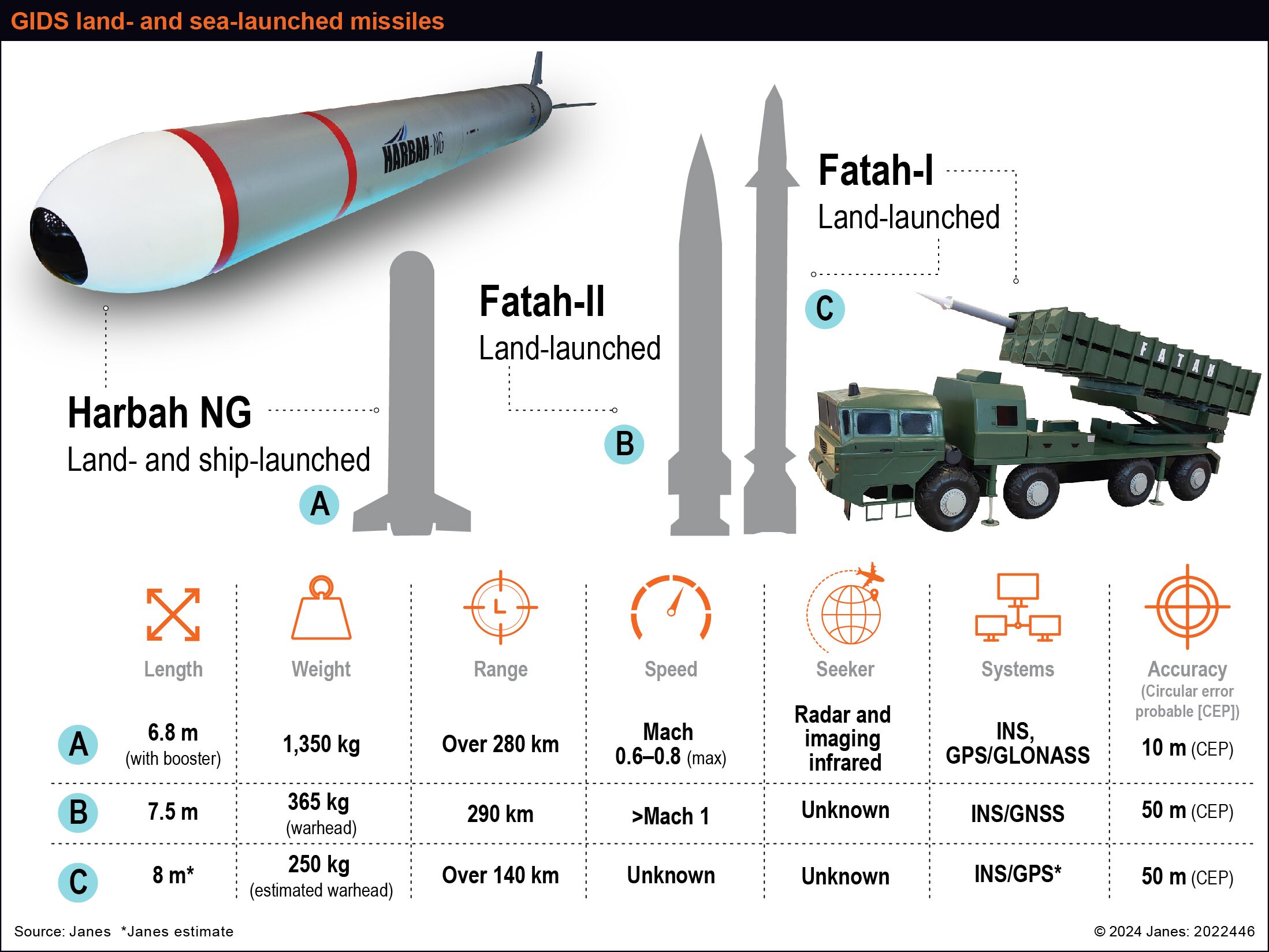- About
- Intara
- Capabilities
- Advisory
- Resources
- News
- Store
DRDO progresses weaponised Archer UAV
02 November 2023
by Akshara Parakala & Raghuraman C S


A scale model of the ADE Archer (SRUAV-W) pictured at ADMS 2023. (Janes/Akshara Parakala)
India's Aeronautical Development Establishment (ADE) – an agency under the state-owned Defence Research and Development Organisation (DRDO) – has disclosed new details about the development and testing of its new Short-Range Unmanned Aerial Vehicle-Weaponised (SRUAV-W) – also known as ‘Archer'.
An ADE official told Janes at the eighth Aerospace and Defence Manufacturing Show (ADMS), which was held in Bangalore from 26 to 27 October, that the SRUAV-W/Archer is based on the ADE's Rustom-1 tactical UAV. “We are working through the flight test phase of Archer. We are confident that we'll be able to complete the initial weaponised flight test phase by June 2024,” the official said.
Initial development of the Rustom-1 started in 2009 for the intelligence, surveillance, and reconnaissance (ISR) role. Under the Archer project, the UAV has been remodified to carry out armed missions. The modification is understood to have started in mid-2022.
UK continues search to sell surplus Hercules airlifters
16 May 2024
by Gareth Jennings


One of the last C-130Js in RAF service made its farewell flypast in June 2023. The MoD is continuing its search to find buyers for this and 14 other surplus airframes. (Crown Copyright)
The UK is continuing its search to find buyers for its fleet of retired Lockheed Martin C-130J/C-130J-30 Hercules airlifters, with the UK Ministry of Defence (MoD) telling Janes that it has identified several potential buyers.
The Royal Air Force (RAF) retired one ‘short' C-130J (C5 in UK service) and 13 ‘stretched' C-130J-30 (C4) airframes on 31 March 2023 (with the type's final farewell flypast following in June 2023), all of which, along with an additional C5 aircraft carried over from the previous round of retirements in 2015, are now available to overseas buyers.
“The Defence Equipment Sales Authority (DESA) is managing the sales programme on behalf of the MoD and continues to actively pursue sales with a number of potential buyers,” the ministry said on 10 May.
BAE touts long-term relevance of Eurofighter to UK
16 May 2024
by Gareth Jennings


Currently scheduled to be retired in 2040, the Eurofighter Typhoon FGR4 could serve the UK as a force multiplier to its higher-end F-35 and Tempest aircraft well beyond that date, BAE Systems says. (Crown Copyright)
BAE Systems has touted the continued relevance of the Eurofighter Typhoon FGR4 to the UK, saying the ‘fourth-generation' combat aircraft can provide much-needed mass and resilience beyond its projected out-of-service date (OSD).
Speaking at the site of the BAE Systems' Warton production facility in northern England on 14 May, Mike Baulkwill, Combat Air Strategy director at the company, said that, with the international Eurofighter operator base set to fly improved and upgraded variants of the type out into the 2060s, the Royal Air Force (RAF) could retain its own aircraft beyond its current 2040 OSD.
“The Typhoon will be relatively enduring, as sometimes you will not want to use your higher-end aircraft [such as the Lockheed Martin F-35B Lightning and/or Tempest] – the Typhoon and the Typhoon Evolution [along with Eurofighter Evolution, the name being given to the Long-Term Evolution [LTE] mid-life refresh standard aircraft now being developed] is in a good place for that,” Baulkwill said.
Pakistan Army inducts Fatah-II rocket launcher
16 May 2024
by Kapil Kajal


The Fatah-II rocket is initially propelled using a single-stage dual-thrust solid rocket motor, which then disengages and glides to supersonic speeds to engage the target. (Janes)
The Pakistan Army has initiated inducting the Fatah-II multiple rocket launcher (MRL), the Pakistan Armed Forces' Inter-Services Public Relations (ISPR) agency said on 15 May.
“Fatah-II is being inducted in Pakistan's Artillery Divisions for stand-off [capability] and to engage the targets with precision,” ISPR said.
The rocket system will enhance the “reach and lethality of [the] Pakistan Army's conventional arsenal”, ISPR added.
The Pakistan Army also test-fired Fatah-II on 15 May. The test was “aimed at perfecting the launch drills and procedures”, according to ISPR.
Fatah-II – with a maximum strike range of 400 km – is equipped with a “navigation system, unique trajectory, and manoeuvrable features, which make the launcher capable of engaging targets with high precision and defeating any missile defence system”, ISPR said.
The MRL is developed by Pakistan's state-owned Global Industrial & Defence Solutions (GIDS) as an extended-range variant of the Fatah-I MRL.
India's Aeronautical Development Establishment (ADE) – an agency under the state-owned Defence Resea...
Latest Podcasts
The value of OSINT for intelligence sharing
In this episode Harry Kemsley and Sean Corbett are joined by Phil Ritcheson Ph.D. to discuss why intelligence sharing is now more important than ever. They discuss the growing need for allied and partnership and how by using open sources facilit...
Listen nowJanes Case Studies
Using Janes Intara to build a common intelligence picture: Russian build up on the Ukrainian border
View Case StudyNews Categories
 Defence Details
Defence Details